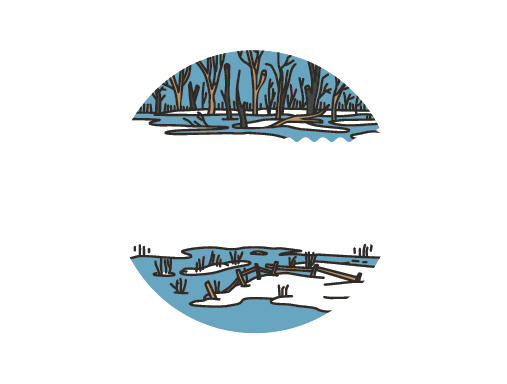
12 Apr Flora of the Delta – great burnet.
Great burnet (Sanguisorba officinalis) is a native species of perennial plant belonging to the rose family. Its Polish generic name has been accurately translated from Latin, since sanguis means blood and sorbeo means to absorb, to absorb, which partly reflects its characteristics and properties. It grows on moderately fertile, moist meadows, naturally occurs in almost all of Europe, as well as in Asia, it was brought to North America where it is well established.
In Poland it is moderately common, but found all over the area, often cultivated in gardens and used to create flower meadows. It is characterized by small dark maroon flowers gathered in a cluster inflorescence – a head, which at 30 cm to even 140 cm high stalk makes the species stand out in the meadow with a beautiful red color. Great burnet is a melliferous plant that blooms from June to September. It is also a food plant for the endangered night butterfly diachrysia zosimi and two species of day butterflies, the scarce large blue and dusky large blue, whose caterpillars initially feed in its inflorescence heads, then continue to develop in ant nests. If you get hungry and happen to find a great burnet, you can eat it because it is an edible plant. Young leaves and shoots harvested before the plant blooms are suitable for a vegetable, salad or herb soup.
Great burnet as the name suggests is amedicinal plant. In folk medicine it is used to stop blood and treat pulmonary tuberculosis. The beneficial effect on the body is shown by its above-ground parts and rhizome, which are a source of tannins, saponins and flavonoids. However, great burnet is not a well-researched plant, so you need to be careful when wanting to treat yourself on your own.
Text: Kalina Adamczyk




